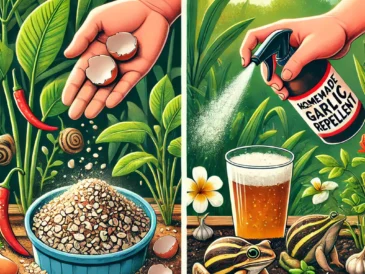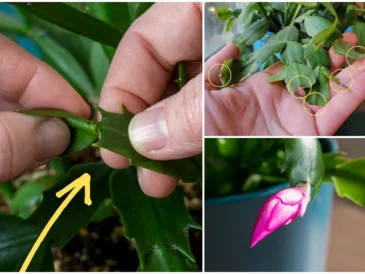Step-by-Step Guide to Making Biochar
Step 1: Select and Prepare Your Feedstock
- Choose a carbon-rich material. Avoid using treated or painted wood as it can release harmful chemicals.
- Chop or break down the material to manageable pieces to speed up pyrolysis.
Step 2: Prepare the Pyrolysis Container
- If you’re using a metal barrel, drill several small holes near the bottom for airflow.
- These vents allow limited oxygen into the chamber, preventing complete combustion and ensuring the material chars rather than burns.
Step 3: Load and Ignite the Feedstock
- Place the organic material in the barrel, packing it loosely to allow airflow.
- Light a small fire at the top and let it burn downward. This top-lit method helps control the burn, gradually creating biochar without fully incinerating the material.
Step 4: Manage the Burn
- Allow the fire to slowly move through the material. This process can take several hours, depending on the amount of material and your setup.
- Monitor the burn to ensure it doesn’t become too hot, which can turn the biochar to ash.
Step 5: Cool and Quench the Biochar
- Once the material has fully charred, extinguish it by covering the barrel and sealing off oxygen, or by quenching with water if you need to cool it quickly.
- Let it cool completely before handling.
Activating Biochar
While raw biochar is beneficial, “charging” it with nutrients enhances its effectiveness. Biochar’s porous structure can initially pull nutrients from the soil, so pre-charging with compost or liquid fertilizers infuses it with essential nutrients for immediate plant use.
- Compost Activation: Mix biochar with compost and let it sit for a few weeks.
- Liquid Fertilizer Soak: Soak biochar in a nutrient-rich solution like fish emulsion for several hours.
Applying Biochar to Your Garden
Once activated, biochar is ready to be incorporated into your garden soil:
- Mixing: Incorporate biochar into the top 6–8 inches of soil. Generally, a 5-10% biochar-to-soil ratio is ideal.
- Spread Evenly: Avoid concentrated patches; even distribution improves soil structure uniformly.
- Layering in Raised Beds: If you use raised beds, mix biochar into the top layer or combine it into the soil before adding plants.
Tips for Long-Term Biochar Use
- Reapply Periodically: Biochar is stable for years, but a small annual top-up supports ongoing soil health.
- Test Your Soil: A soil test before adding biochar can help tailor nutrient activation based on your garden’s specific needs.
- Combine with Other Organic Matter: Biochar pairs well with compost, leaf mold, or aged manure for diverse nutrient availability.
Conclusion
Creating and using biochar is an excellent way to improve soil quality while contributing to environmental sustainability. It may require some initial setup and time investment, but once incorporated, biochar remains effective for decades. Embrace this ancient technique to boost your garden’s health while reducing your carbon footprint.




 A Clever Trick from an Expert Gardener: Bleach It Once and Forget About It Until Next Year
A Clever Trick from an Expert Gardener: Bleach It Once and Forget About It Until Next Year